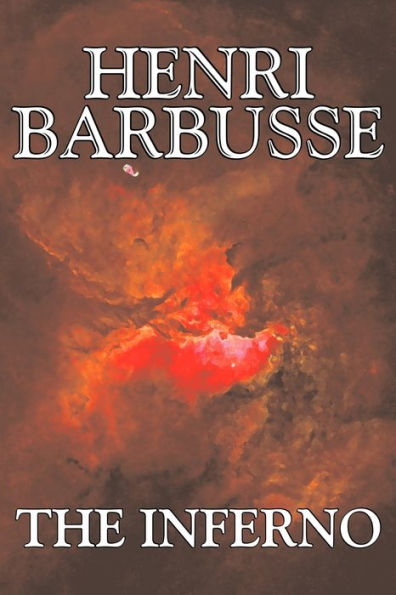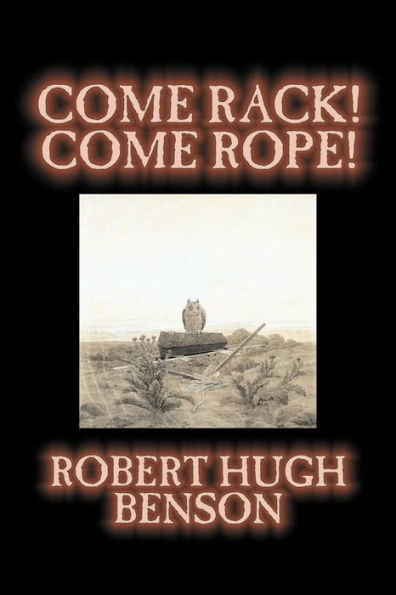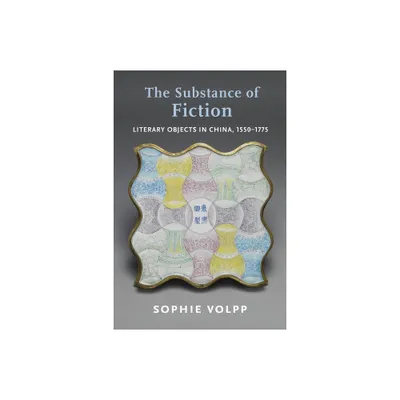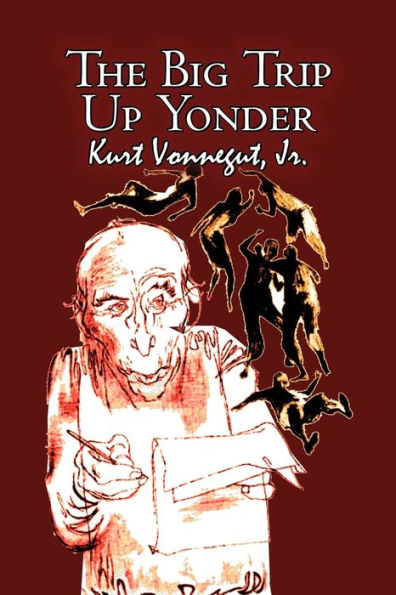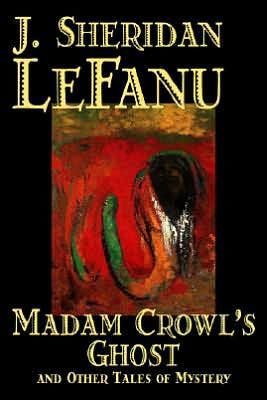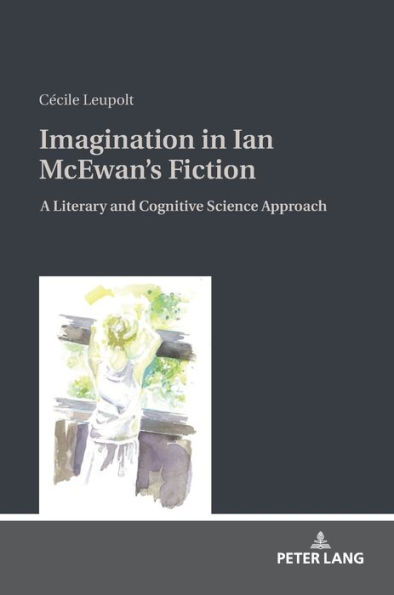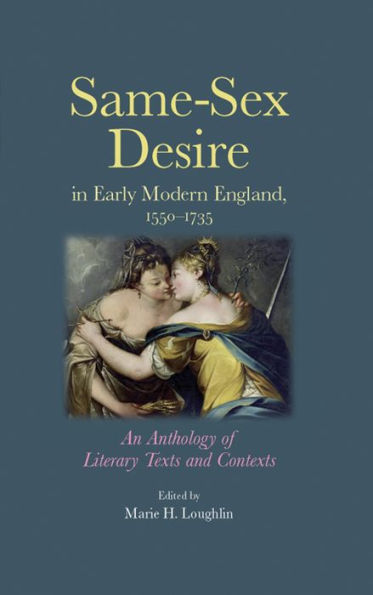Home
The Substance of Fiction: Literary Objects China, 1550-1775
Loading Inventory...
Barnes and Noble
The Substance of Fiction: Literary Objects China, 1550-1775
Current price: $140.00


Barnes and Noble
The Substance of Fiction: Literary Objects China, 1550-1775
Current price: $140.00
Loading Inventory...
Size: Hardcover
*Product Information may vary - to confirm product availability, pricing, and additional information please contact Barnes and Noble
Do the portrayals of objects in literary texts represent historical evidence about the material culture of the past? Or are things in books more than things in the world? Sophie Volpp considers fictional objects of the late Ming and Qing that defy being read as illustrative of historical things. Instead, she argues, fictional objects are often signs of fictionality themselves, calling attention to the nature of the relationship between literature and materiality.
Volpp examines a series of objects—a robe, a box and a shell, a telescope, a plate-glass mirror, and a painting—drawn from the canonical works frequently mined for information about late imperial material culture, including the novels
The Plum in the Golden Vase
and
The Story of the Stone
as well as the short fiction of Feng Menglong, Ling Mengchu, and Li Yu. She argues that although fictional objects invite readers to think of them as illustrative, in fact, inconsistent and discontinuous representation disconnects the literary object from potential historical analogues. The historical resonances of literary objects illuminate the rhetorical strategies of individual works of fiction and, more broadly, conceptions of fictionality in the Ming and Qing. Rather than offering a transparent lens on the past, fictional objects train the reader to be aware of the fallibility of perception. A deeply insightful analysis of late Ming and Qing texts and reading practices,
The Substance of Fiction
has important implications for Chinese literary studies, history, and art history, as well as the material turn in the humanities.
